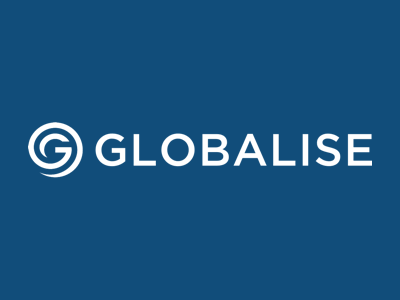Globalise is India’s first platform for guided global investing. The platform is built for MFDs to offer investors a US investment account, where clients keep their funds in USD and invest in international stocks and funds. MFDs can digitally sign up on Globalise and onboard customers onto the platform for international investing. They can thus help clients not only to diversify their portfolios with international investments but also enable their clients to hold their funds in USD. Simply put, MFDs can expand their offerings and AUA through Globalise.
Direct investing has several distinct advantages over investing through the Fund of Funds route offered by Indian asset management companies. In the next few paragraphs, we will highlight some of the major differences between the two and the benefits of direct investing.
Primarily, direct investment is a better alternative to FoFs both from total returns and cost perspective.
There have been quite a few offerings from Indian mutual fund houses that provide international investments through the FoF route. There are specific funds available in India that track the major US indices including the S&P 500 and Nasdaq 100. However, direct investment in the US has distinct advantages. Let us list them one by one.
Returns:
A India-based Fof that is designed to track the S&P 500, had the following return profile in the last 1 year, compared with direct investment in a US domiciled ETF:
It is seen that the FoF lagged the direct investment product significantly (both returns are in INR for ease of comparison). Most international funds offered in India invest in US securities through S&P 500 or Nasdaq 100. Some recent launches are offering exposure to technology index like FANG. However, the latest entrants do not have track record of performance.
Cost:
From a cost perspective, the domestic fund of funds involves some amount of management fee, at least 0.50% and going up to over 1.50%. However, direct investment in a US-listed ETF can be achieved at a fraction of the fee. Large and liquid US ETFs like the Vanguard S&P 500 ETF can cost as low as 0.03%. Even the QQQ Trust ETF that invests in the Nasdaq 100 stocks costs a paltry 0.20%.
In comparison, among domestic funds, the charges are typically 0.50%, with most charging between 0.67%, and 1.67%, on average.
The FoFs, after adding in the expenses would hence underperform the indices they track by even more.
Secondly, there is the point of tracking error. Tracking error measures the difference between the performance of an actual index and the products that are benchmarked to it. For example, the Nasdaq 100 ETF would measure itself against the Nasdaq 100 benchmark. Since there are fees and administration costs involved in managing a fund, a tracker fund will always lag the actual index returns. This tracking error is magnified in the case of domestic FoFs compared to direct investments. Moreover, for funds based out of India, there are additional costs involved for accessibility and offshore administration costs.
Pricing efficiency is also an important factor to consider. Typically, domestic FoFs have their NAVs calculated at the end of the trading day in India. However, this price is based on the closing prices at the various international markets. Hence, a lag and potential mispricing in the NAV occurs. In the case of direct investments, the pricing is live and hence efficient.
In addition to performance and cost, there are a few other advantages in investing directly:
USD Corpus:
Unlike an investment in domestic FoFs, the direct investment would involve an SEC-regulated US brokerage account and assets accumulated in US dollars. This is especially attractive for investors planning an expense such as a holiday abroad or education expenses in that country.
Niche Themes:
In addition to the ETFs that track major indices, direct investing offers exposure to a variety of themes like robotics, cloud computing, artificial intelligence and clean energy. There are over 1200 ETFs available on the Globalise platform across a broad spectrum of investment choices.






